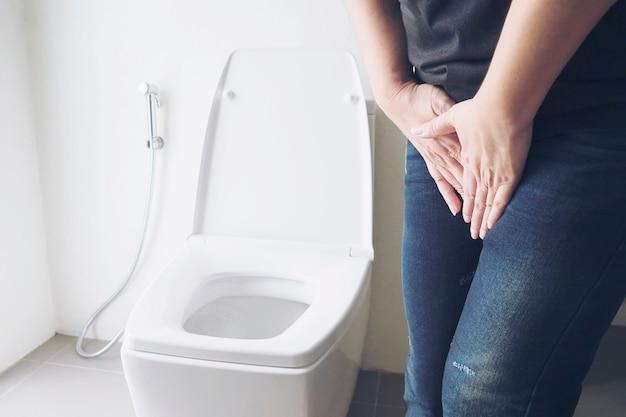Urinary incontinence is a common condition that affects millions of people worldwide, yet it is often surrounded by silence and stigma. It refers to the involuntary leakage of urine, causing significant distress and inconvenience. While it can impact individuals of all ages, it is more prevalent among older adults. In this comprehensive guide, we will delve into the world of urinary incontinence. By understanding the condition and seeking appropriate care, you can improve your quality of life and regain confidence.
Understanding Urinary Incontinence
Urinary incontinence occurs when the normal control over the bladder is disrupted, leading to unwanted urine leakage. It can range from occasional and mild leakage to a complete inability to hold urine. The condition can be classified into several types:
- Stress Incontinence: This type of incontinence occurs when physical activities, such as coughing, sneezing, laughing, or exercising, put pressure on the bladder, resulting in urine leakage.
- Urge Incontinence: Also known as overactive bladder, urge incontinence is characterized by a sudden and intense urge to urinate, often followed by involuntary urine leakage. The urge can be triggered by various factors, such as a specific sound, running water, or even a mere change in position.
- Overflow Incontinence: Overflow incontinence happens when the bladder does not empty completely, causing it to become overly full and leading to constant dribbling or leakage of urine.
- Mixed Incontinence: Mixed incontinence refers to a combination of different types of urinary incontinence, usually stress and urge incontinence occurring together.
- Functional Incontinence: Functional incontinence occurs when a person has difficulty reaching the bathroom in time due to physical or cognitive impairments, such as mobility issues or dementia.
Treatment Options for Urinary Incontinence
Fortunately, several treatment options are available to manage and improve urinary incontinence. The choice of treatment depends on the type and severity of incontinence. Here are some commonly used methods:
- Lifestyle Changes: Simple lifestyle modifications, such as managing fluid intake, avoiding bladder irritants (e.g., caffeine, alcohol), maintaining a healthy weight, and practicing pelvic floor exercises (Kegels), can significantly improve symptoms.
- Bladder Training: Bladder training involves learning techniques to gradually increase the time between bathroom visits and gain better control over the bladder.
- Medications: Certain medications, such as anticholinergics or beta-3 agonists, may be prescribed to relax the bladder muscles, reduce urgency, and improve urinary control.
- Physical Therapy: Working with a pelvic floor physical therapist can help strengthen the pelvic floor muscles and improve bladder control.
- Medical Devices: In some cases, medical devices like a pessary (a small, removable device inserted into the vagina to support the bladder) may be recommended to manage urinary incontinence.
- Surgery: For severe cases of urinary incontinence that do not respond to other treatments, surgical interventions, such as sling procedures or artificial urinary sphincters, may be considered.
Strategies for Managing Urinary Incontinence
In addition to medical interventions, there are several strategies and techniques you can incorporate into your daily life to effectively manage urinary incontinence:
- Keep a Bladder Diary: Track your fluid intake, bathroom visits, and episodes of incontinence to identify patterns and make informed decisions about managing your bladder.
- Practice Good Hygiene: Maintain good personal hygiene, including regular cleansing and use of absorbent pads or protective undergarments when needed.
- Stay Physically Active: Engage in regular physical activity to maintain a healthy weight and support overall bladder and pelvic floor muscle function.
- Stay Hydrated: While it may seem counterintuitive, drinking enough water is essential to maintain overall urinary health. Aim for a balanced fluid intake throughout the day.
Conclusion
Urinary incontinence can significantly impact a person’s quality of life, but it is a condition that can be effectively managed and treated. Remember, you are not alone, and there are healthcare professionals and resources available to support you on your journey toward managing urinary incontinence. Take the first step today, seek guidance, and reclaim your confidence and independence.




















